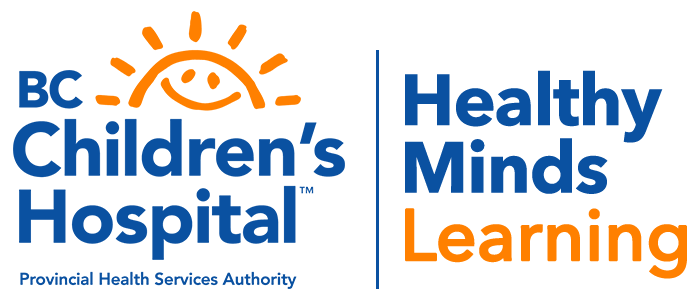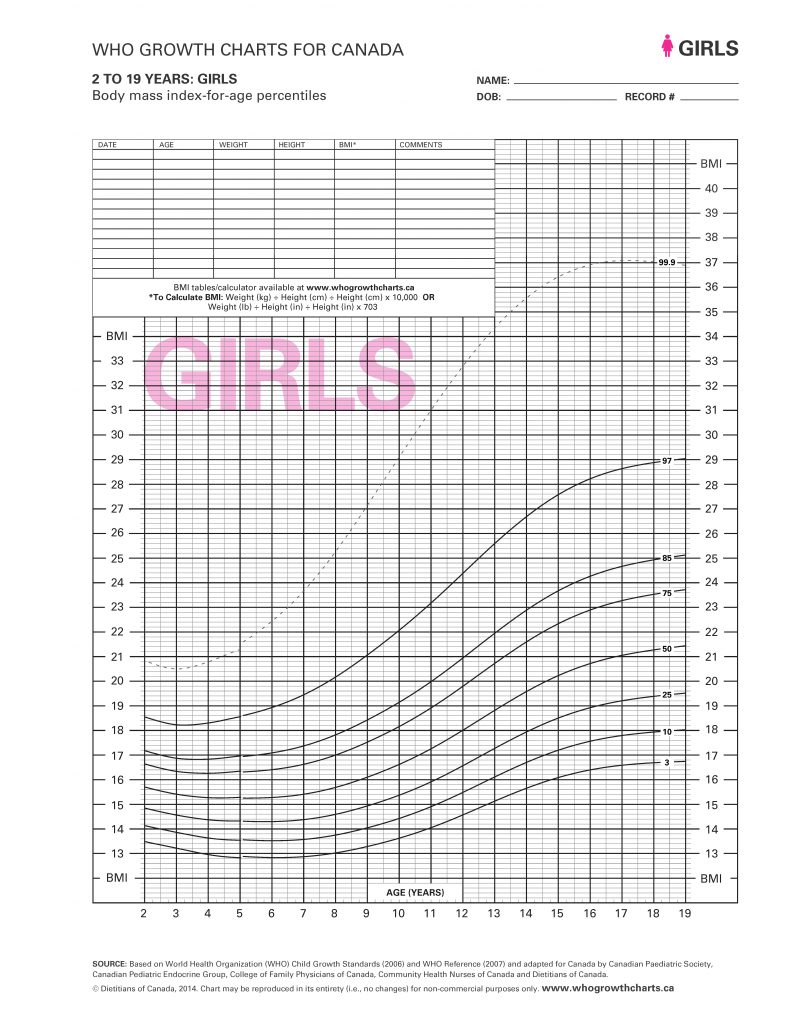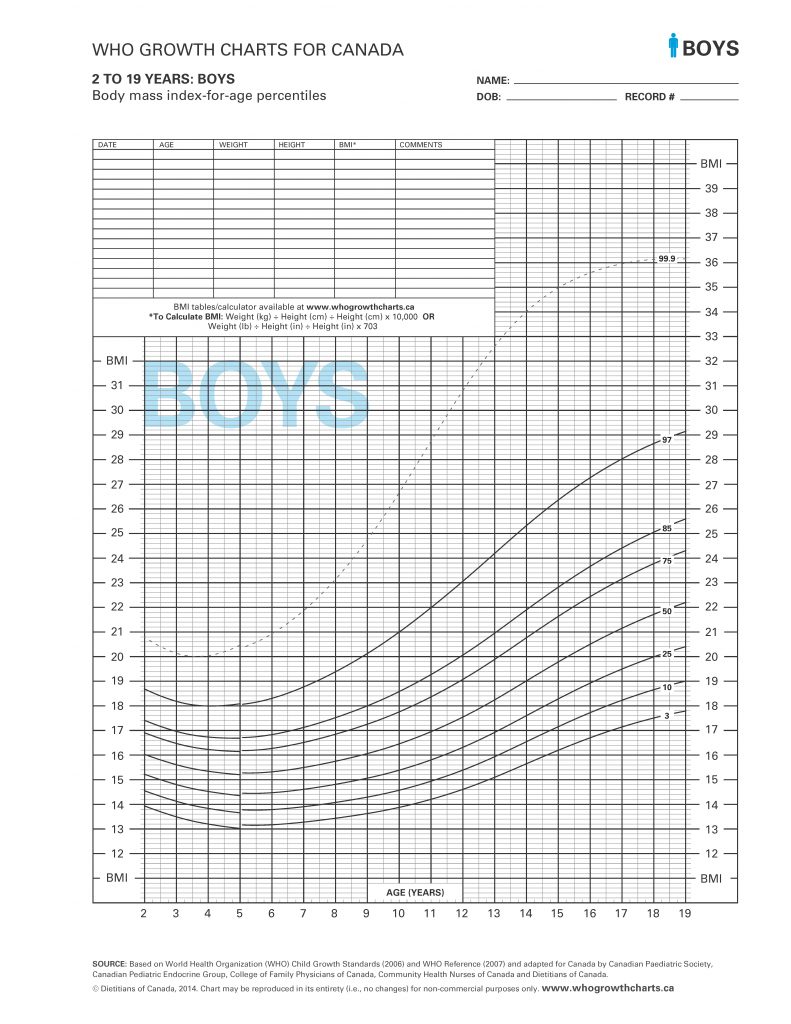
Welcome to the Metabolic Monitoring Learning Program
This program is designed to:
- Provide an overview of first-generation antipsychotic (FGA) and second-generation antipsychotic (SGA) use in BC and Canada as it relates to children and youth. This includes a review of current SGA approvals and prescription trends.
- Examine the implications of SGA use in children and youth.
- Review evidence-informed practices for the monitoring and management of SGAs in children and youth, as per the national Canadian Alliance for Monitoring Effectiveness and Safety of Antipsychotics in Children (CAMESA) guidelines.
How to Use the Learning Program
There are three modules in this program; in all, they should take approximately an hour to complete. However, you can pause your progress at any time — when you log back in, you can pick up exactly where you left off.
Learning Program at a Glance
MODULE 1
Explores what second-generation antipsychotics (SGAs) are, how and when they are prescribed, over-prescription, and benefits and risks of SGA use in children and youth.
MODULE 2
Provides an overview of second-generation antipsychotics (SGAs), including indications and target symptoms, and monitoring protocols and activities.
MODULE 3
Offers a look at the Canadian Alliance for Monitoring Effectiveness and Safety of Antipsychotics in Children (CAMESA) monitoring and management guidelines, how to identify metabolic side effects based on clinical and laboratory evaluations, and associated treatment recommendations.
Resources
The resources section can be found by clicking on the ‘Resources’ button. This button appears on every page of the course.
Course Content



